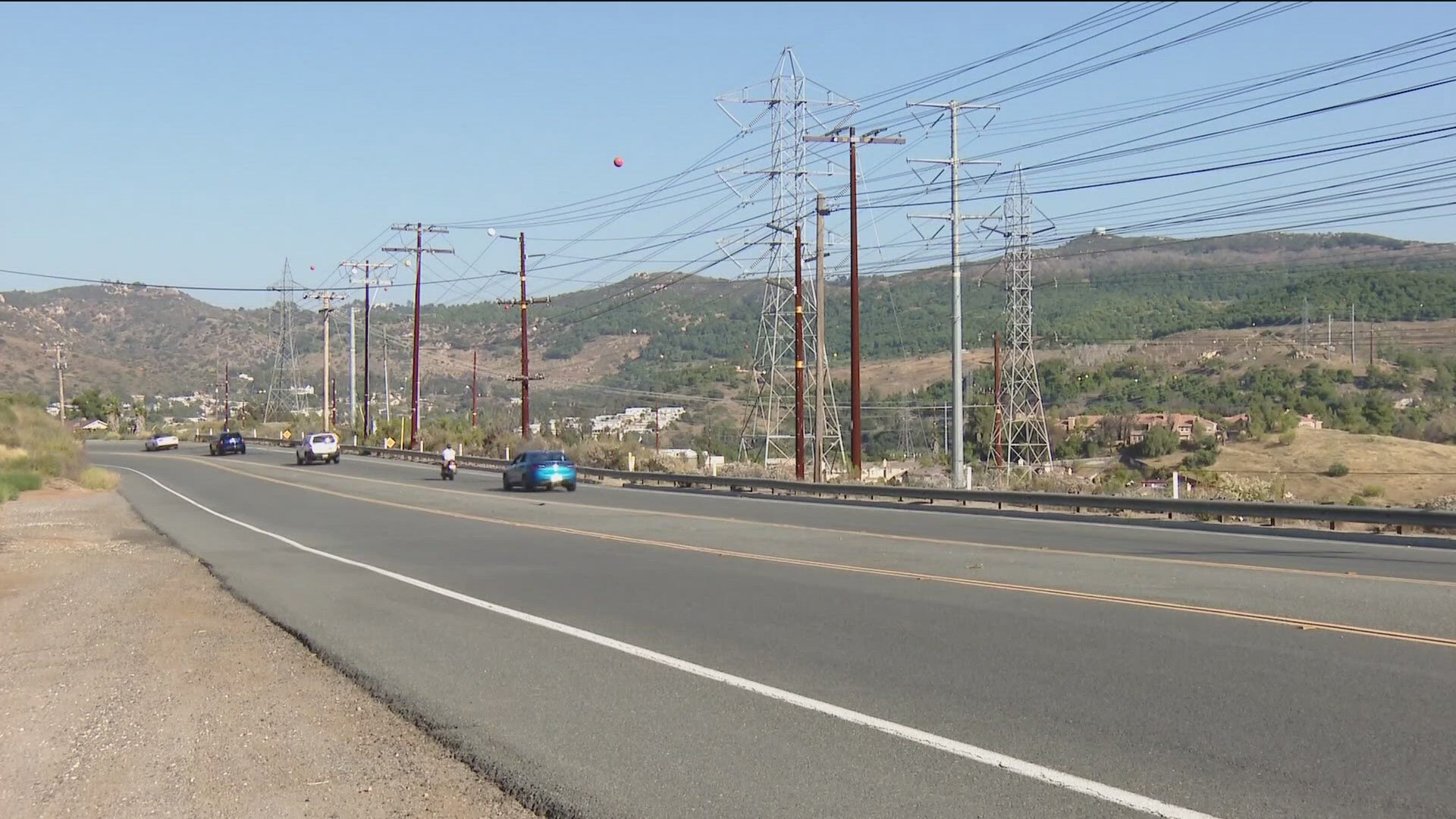SAN DIEGO COUNTY, Calif. — Four years ago, the state experienced a series of rolling blackouts during an intense summer heat wave, briefly cutting power to millions of Californians.
Those outages were ordered by the California Independent System Operator (CAL ISO) because of insufficient energy supplies.
This time, though, those forced outages do not seem likely, at least for the time being.
California's power grid is connected to the sprawling Western Interconnection, a massive power grid spanning the western United States. It's one of the largest electricity grids in the world.
Currently, the power grid is holding up. Still, Californians should be prepared for any unexpected outages.
In the past, one unwelcome part of these uncomfortably high temperatures has been rolling blackouts, which we experienced throughout the state during the monster heat wave back in August 2020.
During that severe weather event, hundreds of thousands of residents briefly lost power: the first time that outages were ordered in California in nearly two decades because of insufficient energy supplies.
"There definitely is stress on the grid during high heat events," said Anthony Wagner with SDG&E, who added that SDG&E is not forecasting emergency outages, which would be issued by CAL ISO.
That said, San Diegans should always remain prepared just in case.
"That includes making sure you know where your flashlight is, making sure tour vehicle is charged or fueled up, and making sure you have enough food and water should there ever be a sustained outage that's unplanned," he told CBS 8.
Earlier this year, officials with the California Energy Commission said they were heading in to this summer feeling "more prepared and confident." They pointed to the new resources added to the state's power grid over the past four years, totaling 18.5 Gigawatts, including battery storage and solar, as well as the state's hydropower plants.
One Gigawatt can power approximately 750,000 homes.
While no electricity shortfalls are expected, state officials warned that unexpected events, like wildfires impacting transmission lines, could still possibly strain supplies. This is why everyone should have a plan.
Along with being prepared for the possibility of an outage, there are also steps you can take to help ease the burden on your power bill.
According to SDG&E, one of the best ways to do that is shift your energy use to off-peak hours, meaning all times outside of 4 p.m. to 9 p.m.
WATCH RELATED: San Diego risks rolling blackouts Wednesday amid heat wave, historic power demand

